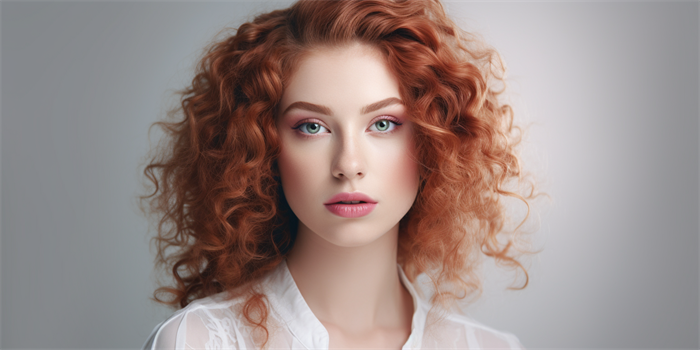What is the Best Age to Have Cheek Augmentation in Brisbane?
Cheek augmentation is a cosmetic procedure that enhances the contours of the cheeks to create a more balanced and youthful appearance. The decision to undergo cheek augmentation is influenced by various factors, including age, facial structure, and personal aesthetic goals. In Brisbane, as in other parts of the world, understanding the optimal age for this procedure can help individuals make informed decisions about their facial aesthetics.

1. Understanding Cheek Augmentation
Cheek augmentation involves the use of implants or injectable fillers to add volume and definition to the cheeks. This procedure can address flat or sunken cheeks, enhance facial symmetry, and restore a more youthful appearance by lifting the mid-face area. The choice between implants and fillers depends on the desired outcome, the patient's facial structure, and the longevity of the results.
2. Ideal Age for Cheek Augmentation
The ideal age for cheek augmentation varies from person to person. Generally, individuals in their late 20s to early 40s are considered suitable candidates. This age range allows for the correction of genetic facial features or early signs of aging without the need for extensive facial reconstruction. However, older individuals with significant volume loss or sagging cheeks may also benefit from this procedure.
3. Factors Influencing the Decision
Several factors influence the decision to undergo cheek augmentation:
- Facial Structure: Individuals with naturally flat or hollow cheeks may consider augmentation at a younger age to enhance their facial contours.
- Aging Process: As skin loses elasticity and volume with age, cheek augmentation can help restore a youthful appearance.
- Personal Aesthetic Goals: Some individuals may desire a more pronounced cheekbone structure for cosmetic reasons, regardless of their age.
4. Consultation with a Specialist
A consultation with a qualified plastic surgeon or cosmetic specialist is crucial in determining the best age for cheek augmentation. During the consultation, the specialist will assess the patient's facial structure, skin condition, and aesthetic goals to recommend the most appropriate treatment plan. This personalized approach ensures safe and effective results.
5. Post-Procedure Care
Proper post-procedure care is essential for the success of cheek augmentation. Patients are advised to follow their surgeon's instructions regarding medication, activity restrictions, and follow-up appointments. Swelling and bruising are common in the initial weeks, but these typically subside with time. Maintaining a healthy lifestyle and protecting the skin from excessive sun exposure can also enhance the longevity of the results.
6. Long-Term Considerations
Long-term considerations include the durability of the implants or fillers and the potential need for future touch-ups. Implants provide a more permanent solution, while fillers may require periodic reinjections to maintain the desired effect. Understanding these aspects helps patients manage their expectations and plan for future treatments if necessary.
FAQ
Q: Is cheek augmentation painful?
A: Most patients experience minimal discomfort during and after the procedure. Pain management techniques, including local anesthesia and pain medication, are used to ensure patient comfort.
Q: How long do the results last?
A: The longevity of the results depends on the type of material used. Implants provide a more permanent solution, while fillers may last from 6 months to 2 years before requiring reinjection.
Q: Are there any risks associated with cheek augmentation?
A: Like any surgical procedure, cheek augmentation carries potential risks, including infection, implant displacement, and allergic reactions. However, these risks are minimized with the expertise of a qualified surgeon and proper post-operative care.
Q: Can cheek augmentation be combined with other facial procedures?
A: Yes, cheek augmentation is often combined with other procedures such as facelifts, rhinoplasty, or eyelid surgery to achieve a comprehensive facial rejuvenation.
In conclusion, the best age to have cheek augmentation in Brisbane depends on individual factors such as facial structure, aging process, and personal aesthetic goals. Consulting with a qualified specialist is essential to determine the most appropriate timing and treatment plan for achieving optimal results.




